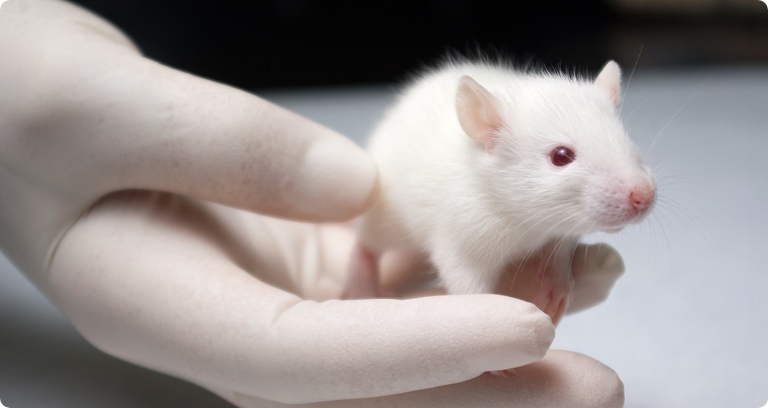The Ethically Questionable and Unhelpful Creation of Schizophrenic Rats
April 11, 2023
While some scientists debate the ethics behind animal testing, others continue to move forward with aggressive testing and experiments. The goal of scientists involved in the study of neuropsychiatric disorders is to find a cure for various neuropsychiatric disorders – at the expense of three-day-old rats.
In the original experiment done in 2016, scientists used the skin cells of a patient diagnosed with Timothy Syndrome, commonly associated with epilepsy and autism, to create similar symptoms in rats. Scientists injected the patient’s skin cells into the rat pup’s brain and left the cells to develop under careful observation to learn of the effects of the disease on the brain. The experiment has to be performed on rat pups because infancy is when the brain connections are formed. For the control element, scientists injected the same amount of skin cells, but from a healthy individual, on the other side of the rat’s brain. The rats were kept in small, closed cages to limit the outside variables that might affect the experiment.
Much like other debates about the ethics of animal testing that go back as far as the 17th century, the argument is primarily between scientists who value bioethics and scientists who prioritize the benefits for humans. Bioethics is the study of ethical, social, and legal issues that can arise from biomedical research. The world of bioethics is difficult to navigate, and each person views an issue with a different set of outside influences and biases. Therefore, it is important to examine both the benefits and deficits of any experiment.
Despite the negative effects on rats, the experiment saves hundreds of humans from the alternative, being experimented on themselves. Using rats prevents surgery on humans that would be invasive and extremely difficult, with a high possibility of affecting other healthy areas of the brain. By doing this, various treatments and interventions for schizophrenia can be tested, allowing better trial runs on humans when the time comes. Schizophrenia is extremely treatment resistant, and since testing on humans is brutal and likely unsuccessful, it is easier to test on another animal first.
Family Director of Stanford Brain Organogenesis, Dr. Sergiu P. Pasca said, “We can now study healthy brain development as well as brain disorders understood to take root in development in unprecedented detail, without needing to excise tissue from a human brain.” He continued, “We can also use this new platform to test new drugs and gene therapies for neuropsychiatric disorders.” Nervous system disorders, including epilepsy, autism, schizophrenia, and others, have significant mental and physical effects. In other words, the ability to test on rats allows many opportunities to develop cures for humans.
However, rats do not get the same ethical protections as primates when it comes to animal testing (see here). This is the case because, as humans discovered their similarities to the primates, people were able to more easily empathize with them. Compared to primates, rats are not considered mentally advanced, and they easily populate. Therefore, some believe that rats cannot register pain and sadness to the same degree, and just react out of fear since they are prey animals. However, does this hypothesis excuse the treatment of rats during and after the experiment? During the experiment, the rats are treated inhumanely. They are subjected to small cages, limited diets, and little exercise. After rats are used in an experiment, they are often killed, then frozen or incinerated. Studies have been done to prove they can feel pain and “pain markers” such as a flinch are used to identify pain. This method of pain identification was used in the linked study.
After hearing both sides of the debate, the question remains: are the scientific discoveries worth the sacrifice of baby and juvenile rats? I believe that the answer is no. I have always loved animals, so I believe testing should continue, but on humans. This way, the tests would be more accurate and provide even better information. No matter what, the same treatments must be tested on humans before they can be legally used. Though I am not a scientist, I do believe that these animals are still living beings that can feel pain (from three days old). Though the ability to test inject rats with diseased human stem cells is a great advancement in the world of science, I believe that it would benefit both humans and animals if we halted testing on the rats and began studying humans or possibly gathering information another way. Click here to get the latest updates on the battle against schizophrenia.




Anna Yavenditti • Apr 20, 2023 at 2:29 pm
Lovely article Kate Hammer